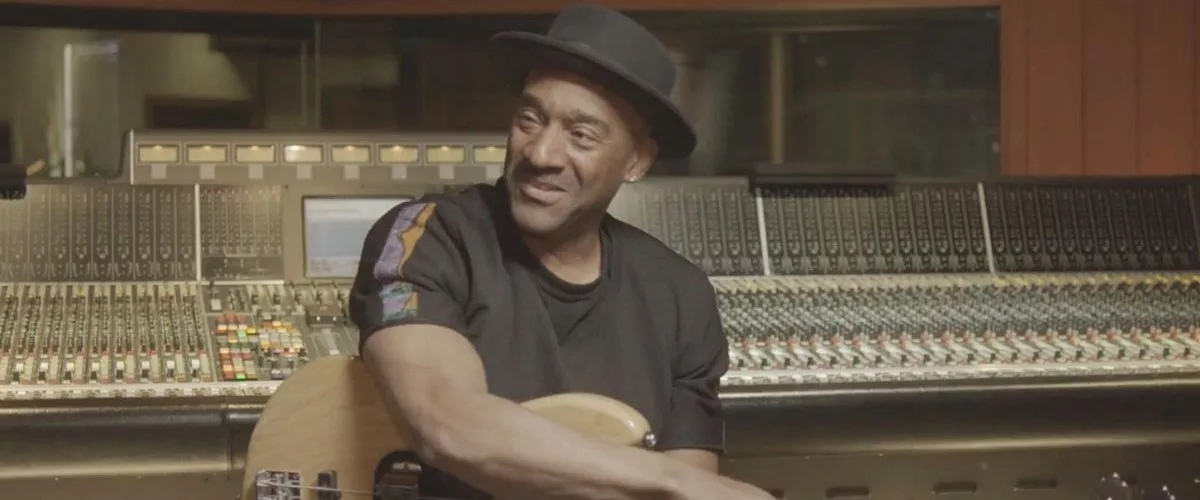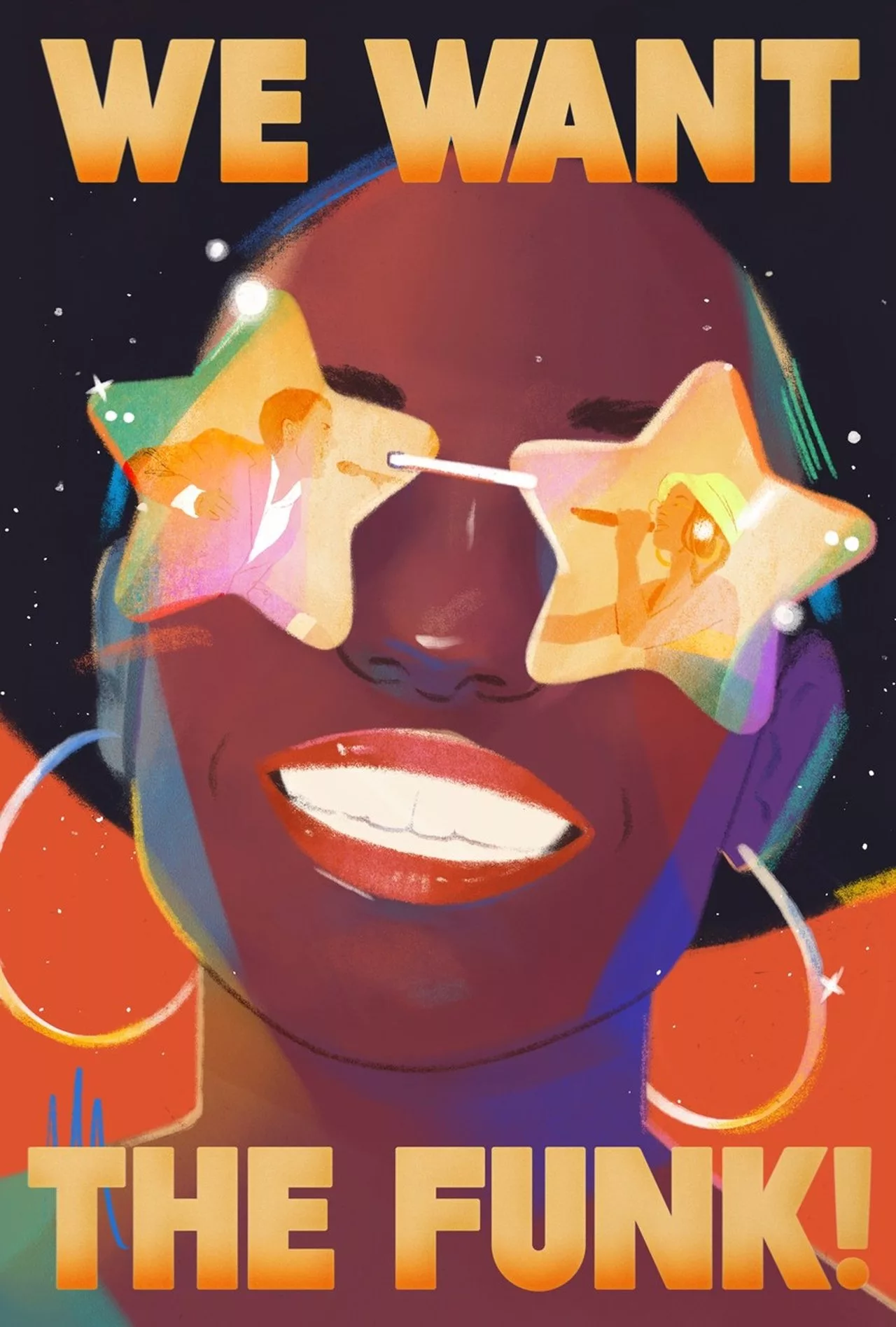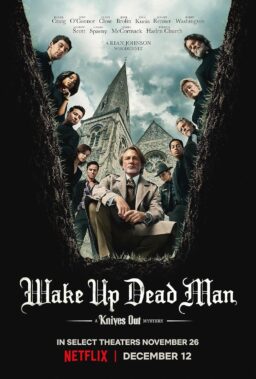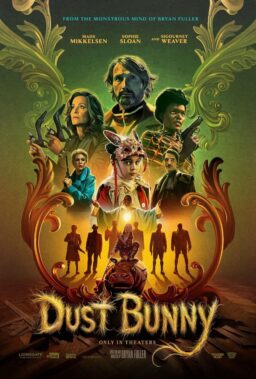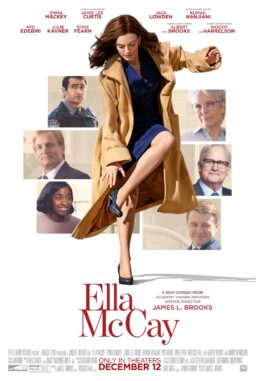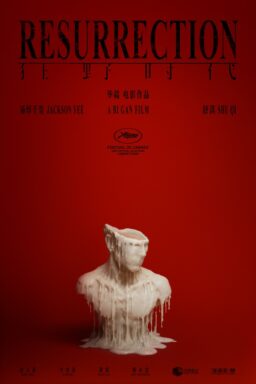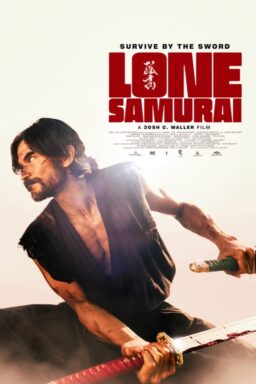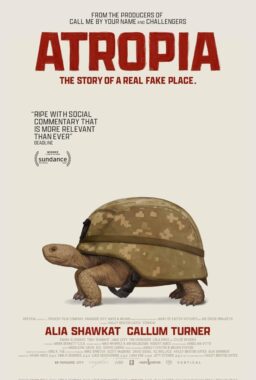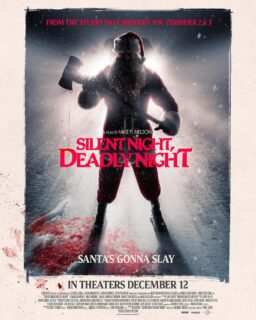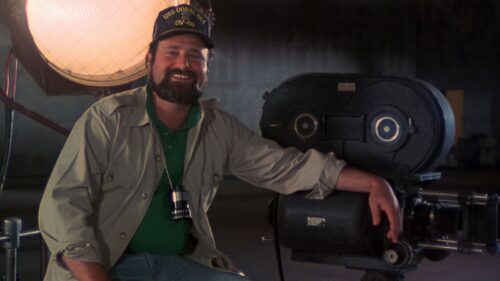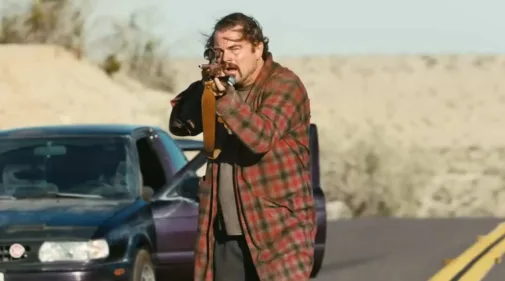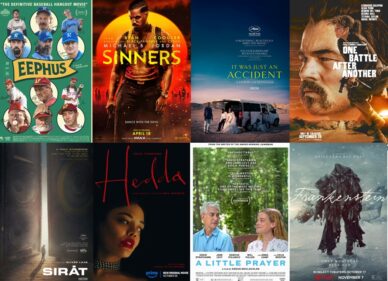Funk isn’t a musical genre that can be defined. I mean, you can if you want to. But funk is really recognized through the unique effect it has on the listener. As though enraptured by a holy spirit, funk causes a person to dance and move without any inhibition, without any self-consciousness. It’s probably the only kind of music totally defined by joy.
The quick Independent Lens documentary “We Want The Funk!” tells the story of a genre with roots as varied as the Black Southern church, the Great Migration, and Africa, which spread across America and other continents. It’s an informative watch, but not a studious one. “We Want the Funk!” is as loose and as celebratory as the music it captures.
Arranged by director Stanely Nelson (“Attica”) and Nicole London (“Becoming Frederick Douglass”), the movie begins by defining what funk isn’t. It looks back on the post-war leisure music that inspired American Bandstand and the integrationist desires that made the soulful respectability politics of Motown the soundtrack to the Civil Rights movement. To those who bow at the altar of the genre, the slick sophistication proffered by Barry Gordy ran counter to the rebellious spirit of many Black folks.
Nelson and London use these safer cultural elements as juxtapositions to funk, but they’re also smart enough to know that the growth of music isn’t that simple. While the movie makes the point that you never saw the Temptations or the Supremes marching from Selma to Montgomery—since Gordy wanted his superstars to be apolitical—that doesn’t discount a song like Martha and the Vandellas’ “Dancing in the Street” speaking to the tenor of the moment.
Once Nelson and London set those parameters, they begin highlighting the architects of the genre, such as James Brown. “He was all funk,” is how George Clinton describes Brown in the documentary. The filmmakers also provide the basic musical building blocks of the music, such as vamping and repetition, the emphasis on grooving by accentuating the first beat of every bar. Nelson and London then show how these components helped to make “Say it Loud (I’m Black and I’m Proud)” and “Gonna Have A Funky Good Time” into megahits.
And yet, even with these examples, Nelson and London still know they need to do more work to define funk. So what do they do? They turn to science by having Dr. Larry S. Sherman define what exactly happens in your brain to make your butt and shoulders move without thinking. The moment provides a mischievous sort of humor that is no less engrossing.
The filmmakers also assemble a talented cadre of talking heads: Music curator De Angela L. Duff, who describes Sly and the Family Stone as “a flavor of Hippie funk,” Questlove, Fred Wesley, Marcus Miller, Kirk Franklin, David Byrne, George Clinton, and more. Their knowledge base whisks us through the evolution of funk, from James Brown to the Afrofuturism of Parliament-Funkadelic and Labelle, Fela Aníkúlápó Kuti and Afrobeats, and finally hip hop.
Accompanying this historical rundown is the music. Similar to Questlove’s recent Sundance documentary “Sly Lives! (aka The Burden of Black Genius),” which could easily serve as a companion piece to this, the best moments in “We Want the Funk” happen when we see musicians geeking out over the music they love. Miller is overwhelmed with admiration while humming out the melodic line of Wesley’s trombone solo in “Say it Loud (I’m Black and I’m Proud).” Franklin grooves to Elton John’s “Bennie and the Jets” on his keyboard. Clinton explains how the Jewish community inspired “Flashlight.” This brisk 80-minute documentary is a wall-to-wall commemoration of a genre by the people who love it the most.

